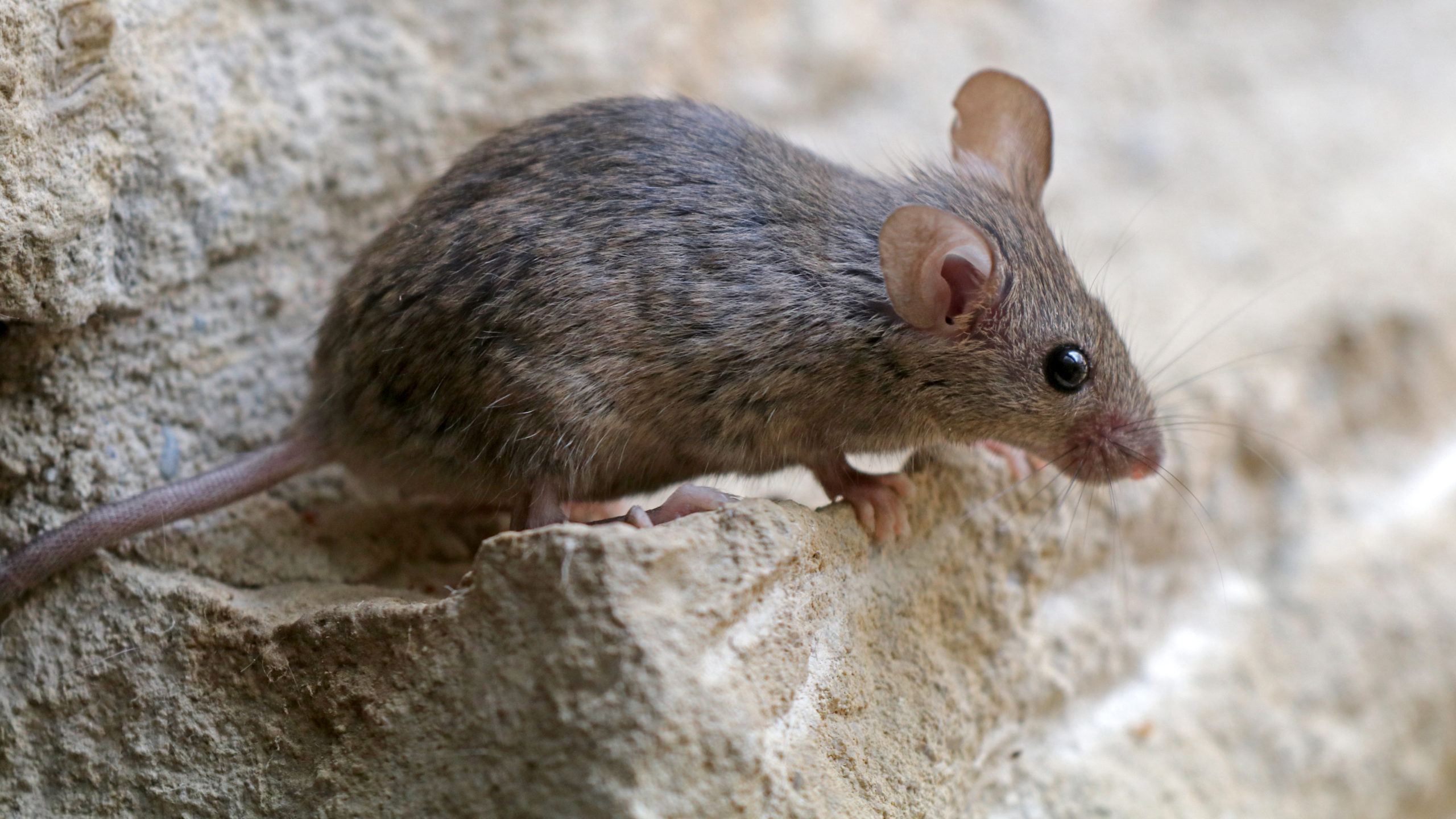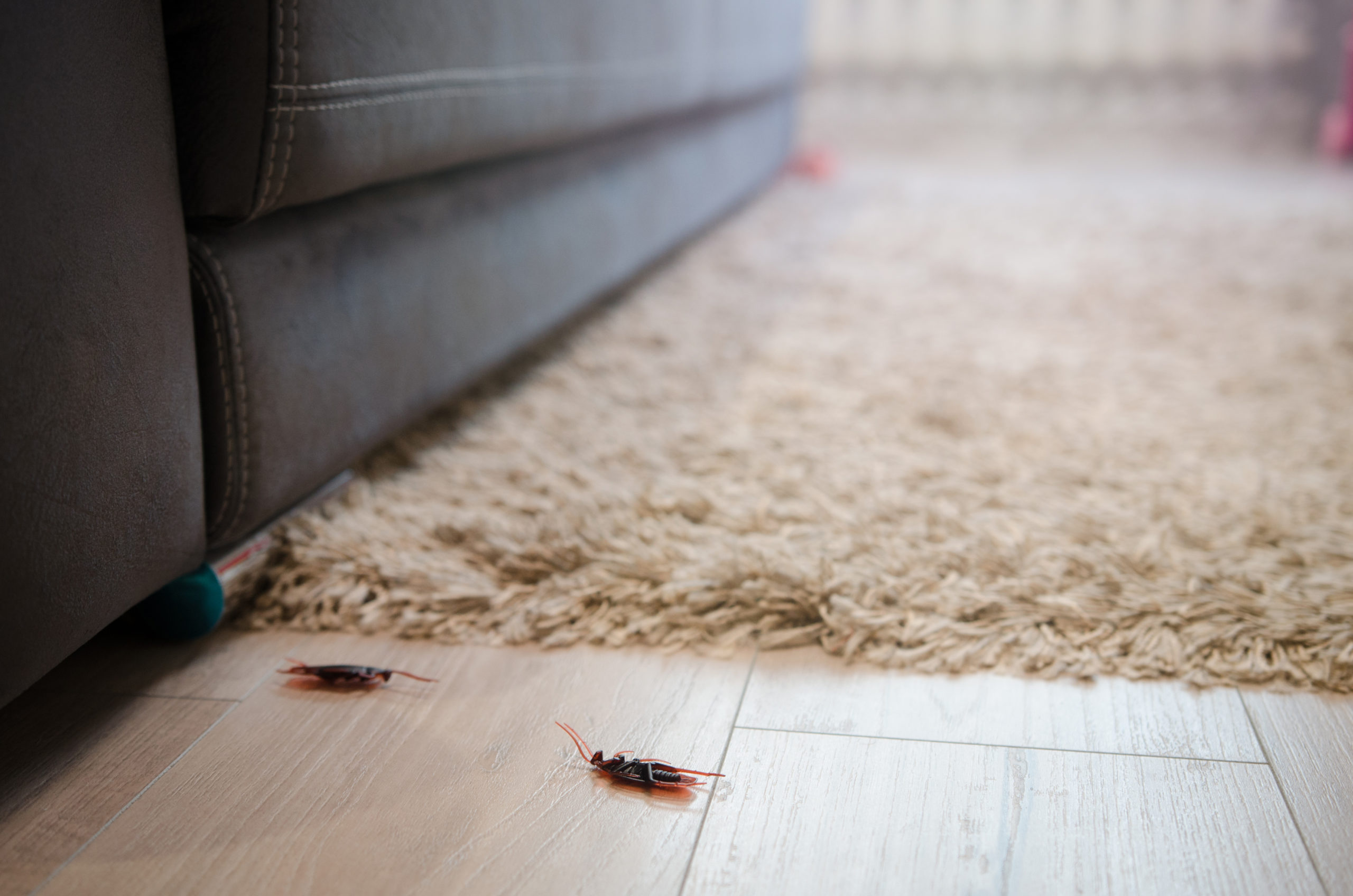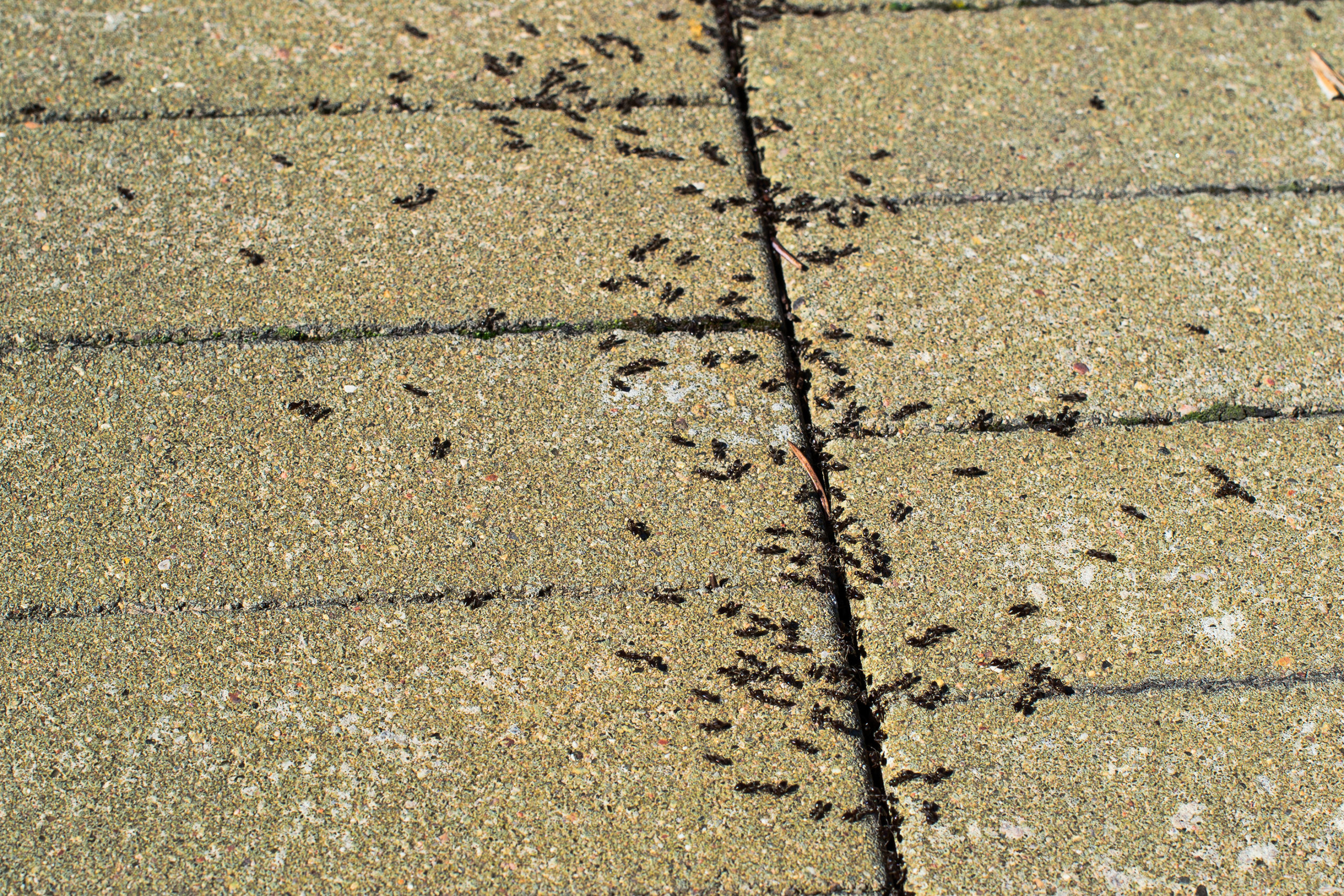Urban Pests vs. Rural Pests: Part 1
Urban Pests vs. Rural Pests: Part 1
Whether you live in a more populated urban setting or surrounded by open fields, there is no doubt that pests exist in your area. It is one of the less-enjoyable parts of being a homeowner or renting an apartment. But just because pests can exist anywhere doesn’t mean certain ones are not more populous in an area. Homes in rural areas are often surrounded by longer grass and crops of some kind, while urban homes have businesses, busy streets, and trash nearby to attract pests. There are some common pests – wasps, mosquitoes, ants – that can exist just about anywhere, but we’re focusing on some of the more specific pests in each area. In this blog, we’re taking a closer look at some of the most common urban pests and why they invade the more populated regions. Make sure to check out the next blog to learn about common rural pests and their love for the wide open spaces!
Pests Can Be Anywhere (Unfortunately)

Before we dive into the worlds of urban and rural pests, it bears mentioning that pests are generally not exclusive to either setting. It’s clear that pests don’t play by the rules (or, at least, our rules), and this translates into the spaces that they invade. Pests search for three necessities, no matter what species they are: food, water, and shelter. If a home or business has at least one of these items, it is appealing to pests. This is the same whether the building is surrounded by empty land or by other structures and city streets.
Also, some tiny pests like to hitchhike to new locations where they may be more likely to find these necessities. Bed bugs and fleas are some of the most common, but other pests can do this as well. This means that someone who lives in an urban area can inadvertently bring home pests from their vacation in a more rural area, and vice versa. So, while we divided these up into two broad categories, just remember that pests can be found everywhere and only live to find these three necessities in any area that they can.
Urban Pests
Urban housing areas include suburbs, towns, and cities. If they are not directly in the most populated area nearby, they are surrounding it. This can be very convenient for shopping, dining, and activities, but it can also be a problem when it comes to pests. The three necessities that pests are constantly searching for are easily found in urban areas, which is why it can be easy for these buildings to have a nightmarish pest population if it is not managed properly. Any pest can find sustenance and shelter in urban places, but there are certainly some that have become famous for their urban preference.
Rodents

There have been countless jokes made about the rats that invade major cities and live there like they own the place, but that is for good reason. Rodents are so populous in urban areas because it has everything they could possibly dream of: discarded and leftover food, puddles and gutter leaks, and more potential shelter than they know what to do with. The U.S. Census showed that about 14.8 million homes had a rodent problem in 2020-2021, which includes apartments. The homes closer to large trash bins or vacant buildings seemed to have even more rodent issues than others. This is because both rats and mice love trash and dark areas. They are nocturnal and like to build the nests for their ever-growing families in isolated areas, which is present in the corners and clutter of urban areas.
One of the most common rodent pests in urban regions, besides the aforementioned monstrous city rat, is the house mouse. It’s a fun name to say, but far from an enjoyable pest to have. These mice are 5 to 8 inches long and are more pleasing to look at than some of their rodent cousins. But they are still a dangerous pest, as their droppings and urine contaminate every food and surface they touch. They also have dangerous bacteria and diseases, like typhus and salmonella, that they carry on their fur and paws. House mice want to live anywhere that there is food and heat, which unfortunately includes just about every home and business. They can also squeeze through cracks the width of a pencil, which is why it is crucial to inspect your home for any kind of crack or crevice that they could use to enter your space.
Roaches

There could be an argument made for roaches being the worst pests in existence, and we can almost guarantee that anyone who has experienced an infestation would agree with it. They carry all kinds of diseases, reproduce rapidly, eat everything, aggravate allergies and asthma, and are famously difficult to eliminate. It was also provided by the U.S. Census Bureau that an estimated 14 million homes had roach issues in 2020-2021. This is because, despite their independent demeanor, roaches actually like to live around humans. It’s not because they find us charming or interesting, but rather because of the provisions we inevitably have in our homes. Roaches can fit through small cracks and crevices to invade structures, and they are more likely to infest structurally-compromised buildings. If your home has gaps around doors and windows, it may be susceptible to a roach problem of some kind.
There are a few species of roaches that commonly invade homes in the U.S., but two of the most popular are the American and German varieties. The American cockroach loves warm and dark environments, which is why they can be found in isolated areas like the basement or attic. They have the common roach traits of eating anything and being very durable, which is bad news for us. They can also fly, as if they needed another ability to make it more difficult to eliminate them. The German cockroach is similar, except for one key difference. They can technically fly, but unlike the American roaches, they cannot fly up like a normal insect. They can just move to a new spot on the ground using their wings. They like to stay in warm and moist areas, which can mean the garage or bathrooms. No matter which roach is invading, it is a bad time for the residents of that home.
Pavement Ants

Any kind of ant invasion is not a good time, and pavement ants seem to be one of the most common in urban locales. The workers are about 1/32 to 1/4 inches long, which means they are tiny and can be overlooked if they invade a quiet area of the home. These ants can be black or brown in color, and typically use cracks to enter homes and buildings. Judging by their name, can you guess where they make their nest? That’s right: the pavement! Well, not technically the concrete itself. They make little sandy hills near cracks in the pavement, which is why it’s common to see little dirt piles on sidewalk cracks in the summer. They make their way inside a house to steal some food, then go back out to their anthill on the pavement. This keeps their home in a neutral location while they scavenge for provisions.
Pavement ants have a major sweet tooth, so anything sugary and sticky draws these pests in. Cereals, sugary drinks, candy, and literal sugar are all favorites of pavement ants. The workers function just like most other ants; they scavenge for food and leave a pheromone, or invisible chemical, trail for their coworkers to follow. This is why killing any ants that you see is not the best idea. These ants even secrete pheromones when they are squished, which means that more ants will come to the area and see if there is any food to be found. If there are any squished ants in the house, try to remove them as soon as possible before their colony tracks the scent to the scene of the crime.
Bed Bugs

This is another infamous pest in cities and populated areas. It is unfortunately common to hear about a bed bug infestation in hotels, apartments, and homes filled with people. This is because the diet of bed bugs revolves around humans. They feed upon the warm blood of mammals in general, so they want to be in areas that house many people. Bed bugs are brown and flat-bodied, but they turn reddish in color after feeding on blood for a while (gross!). They are also nocturnal and like to hide in tight areas like mattresses and furniture gaps, which is how they can go undetected for so long. They cannot fly, so they will actually walk from place to place in order to find the location of their next meal.
The only real good news about bed bugs is that they do not carry diseases, so the sole common effect of a bite is an itchy red spot. They also do not live on people like ticks do, so we don’t have to worry about them latching onto us all day. But besides those facts, bed bugs are an immensely frustrating pest to have. They are essentially impossible to remove on your own, no matter how large or small the invasion is. If you believe that an article of clothing or a piece of bedding may have a bed bug issue, try drying it on high heat for at least 30 minutes. But if you know for sure that there is a bed bug issue in the home, contact pest control services immediately. They have the proper equipment and treatments to solve the problem as soon as possible, and this is the best way to ensure that every little bug is gone.
There are plenty of other pests in urban regions, but these are four of the most common that we see. The basic solution for eliminating and preventing pests is to remove their necessities of food, water, and shelter. There are plenty of ways to do this, and many of them have the added benefit of helping your house itself.
In general, these are the principles to remember:
- Keep all food, including pet food, sealed and put away when not in use. Do not leave opened food out for days on end.
- Clean up all crumbs and spills immediately, whether inside or outside.
- Repair all leaks inside and out.
- Fix any cracks and holes in the actual house with caulk, copper mesh, or steel wool.
There are more detailed steps you can take to prevent pests, which we will dive into at the end of the next blog. Make sure to come back on Friday to learn about common rural pests and why they love the openness of the area, as well as general steps of pest prevention for both urban and rural homes!
Pest Control is Not an Urban Legend
The idea of these pests living in your home or business is not a very pleasant one, and can become a major area of stress if it has been a problem in the past. But professional pest control services is always an option for both prevention and eradication, whether the home is in an urban or rural area. If you are a homeowner or a landlord looking for effective, EPA-approved pest solutions, contact us for more information on our services and how we can keep your urban home free of any unwanted pest visitors.
Citations
House mouse. (n.d.). USU Utah Pests Extension. Retrieved August 29, 2022, from https://extension.usu.edu/pests/schoolipm/structural-pest-id-guide/house-mouse
Jacobs, S., Auman-Bauer, K., & Garling, L. (2011, September 1). Common urban pests: Identification, prevention, and control. PennState Extension. Available at https://extension.psu.edu/common-urban-pests-identification-prevention-and-control (Accessed on August 29, 2022).
Seller, M., & Wicht, J. (2021, April 21). Residents of 14 million housing units reported seeing roaches, 14.8 million saw rodents in last 12 months. United States Census Bureau. Available at https://www.census.gov/library/stories/2021/04/how-many-american-homes-have-pests.html (Accessed on August 29, 2022).
Request a Free Quote Today
(We do not share your data with anybody, and only use it for its intended purpose)


